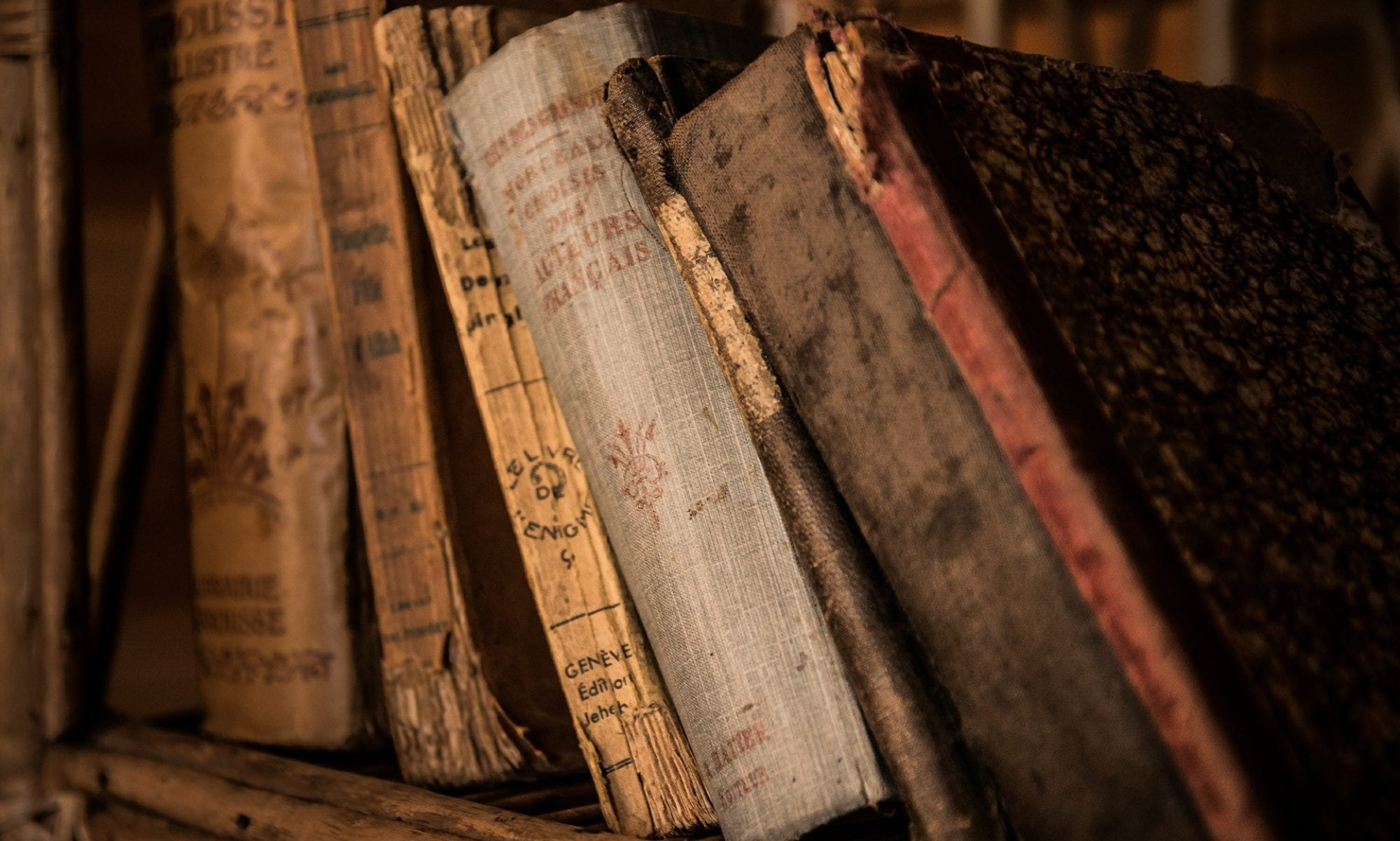| Category | Key Term |
| Featured In | Literature and Humanities 1 (YCC1111); Medieval Romance: Magic and the Supernatural (YHU2309) |
In the prologue to her Lais, Marie de France notes that her first intention was to take a Latin story and ‘put it into French’ (Mettre en Romanz). The term she uses, ‘Romanz,’ has a complex history: originally, it designated what are now called the Romance languages (French, Italian, Spanish, Portuguese, Romanian, and other languages that developed from Latin—hence the Rom(e) of Romanz). Later, in medieval France, it came to mean something written in one of these languages (in Marie’s case, Old French), usually something adapted from a Latin text.
Before the 12th century, almost all texts in western Europe were written in Latin. As more writers began to compose in Old French, certain shared features became associated with vernacular writing, giving rise to the genre of “romance.” Some of the earliest texts that call themselves romances retell stories from classical Greek and Latin literature. As the genre developed, the medieval term romanz came to refer to verse narratives of chivalry and love. Later on, the term split off in various directions, and is at the root of the modern words “romance,” “Romanticism,” and the French roman, meaning “novel.”
IMAGE CREDITS
[Featured Image] https://media.cntraveler.com/photos/59d0df3249b1470c74ce83ea/16:9/w_2560%2Cc_limit/GettyImages-88434895.jpg
CONTRIBUTED BY DR. EMILY DALTON


